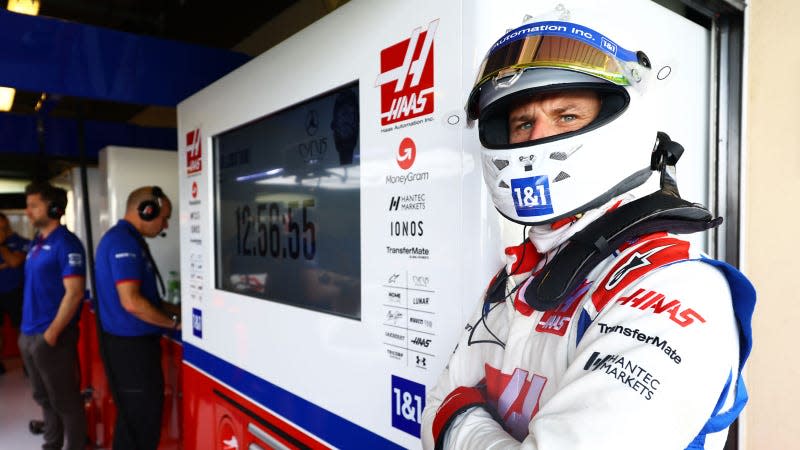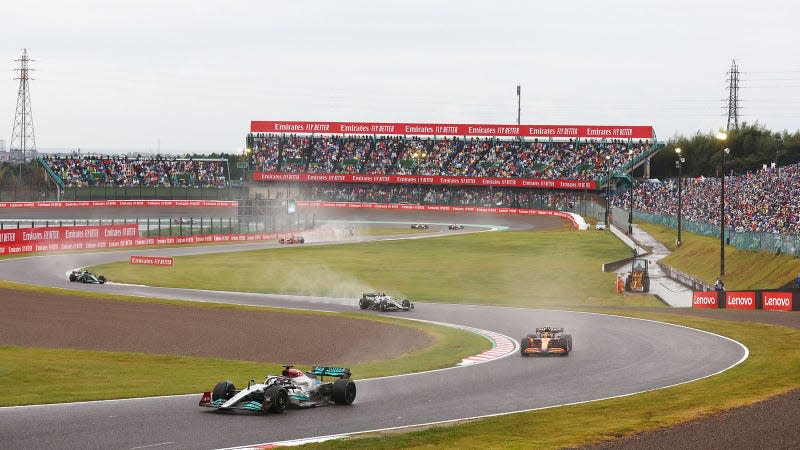Racing Drivers Don’t Blink When Changing Speed Or Direction

Don’t blink. Blink and you’re dead.
The phrase “blink and you’ll miss it” is one that can apply to many aspects of motorsport. Blink during an F1 pit stop and you’ll probably miss it. Blink during an IndyCar overtake and you probably won’t see the action. The same is true for those in the cockpit; a new study found that a single blink from a racing driver could mean a loss of vision for as much as 65 feet.
To avoid losing their vision in important sectors of a race track, the study found that racing drivers can actually time their blinks for easier sections of a race. This means that many will try not to blink when they are changing speed or direction, and will instead save their blinks for simpler sections, like straights.
Read more
A team of researchers at NTT Communication Science Laboratories in Atsugi, Japan, uncovered this uncanny eye control in a new report that was published by iScience. According to the paper, the drivers’ blinks were “surprisingly predictable” as they “tended not to blink while changing speed or direction” and instead got all their blinks out the way “on relatively safer straightaways.”
The research, which was brought to our attention by Science News, saw the team mount eye-tracking equipment to the helmets of racing drivers. The racers were then sent out on laps around the Fuji, Suzuka and Sugo circuits in Japan, where they covered more than 300 laps in total.

Don’t turn your back, don’t look away, and don’t blink
As with us mere mortals, the racing drivers needed to blink in order to moisten their eyes. However, as one blink can last for up to one-fifth of a second and cover up to 65 feet of track, the timing of a race driver’s blink is a lot more important than it might be for me and you.
The team of scientists, led by neuroscientist Ryota Nishizono, found that this leads drivers to almost schedule their blinks, saving them for moments in a race that are less intense. Science News reports:
“The finding highlights the trade-off between keeping our eyes moist and not losing vision during crucial tasks, says Jonathan Matthis, a neuroscientist at Northeastern University in Boston who studies human movement and was not involved in the research. ‘We think of blinking as this nothing behavior,’ he says, ‘but it’s not just wiping the eyes. Blinking is a part of our visual system’.”
Now, Nishizono and the team hope to look into the internal processes that allow the brain to inhibit or control blinks, which most people think of as a subconscious process that we don’t ever have to think about.
More from Jalopnik
Sign up for Jalopnik's Newsletter. For the latest news, Facebook, Twitter and Instagram.

 Yahoo Autos
Yahoo Autos 